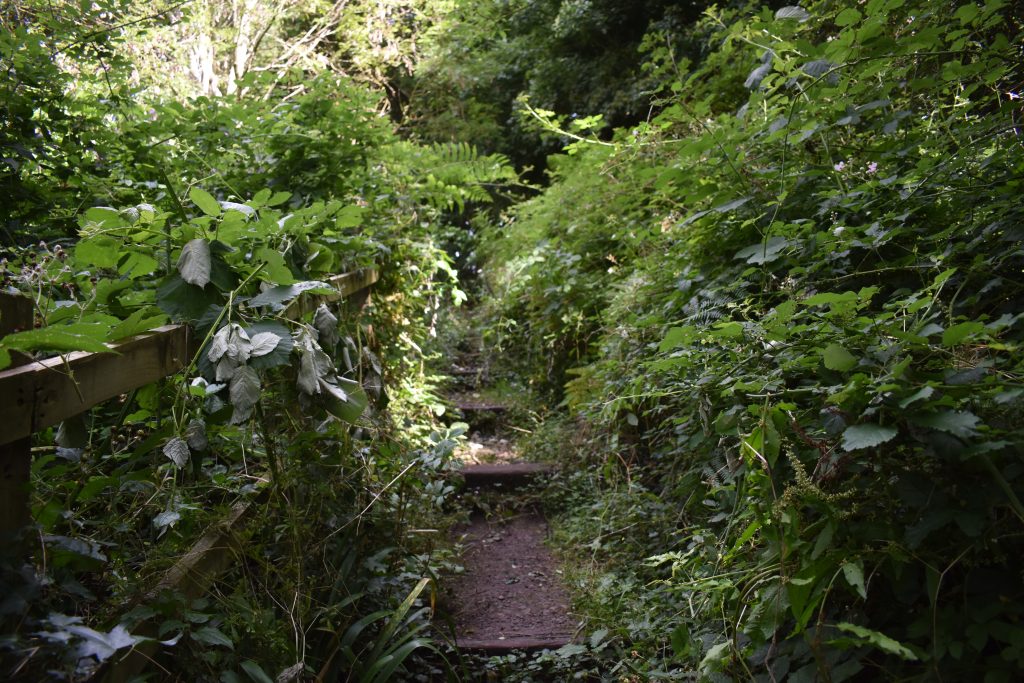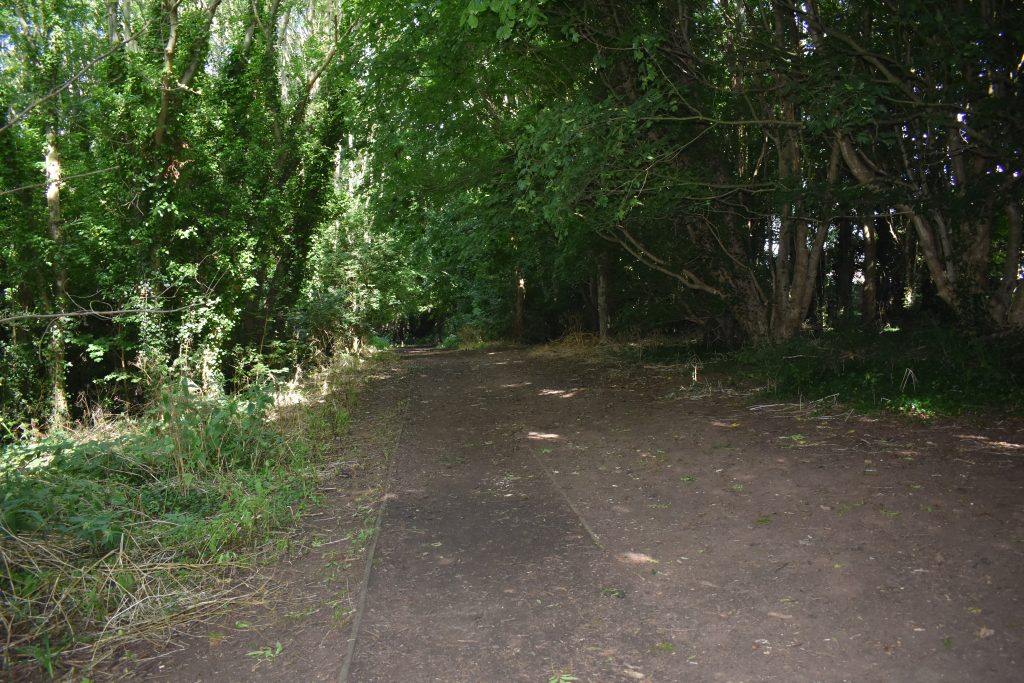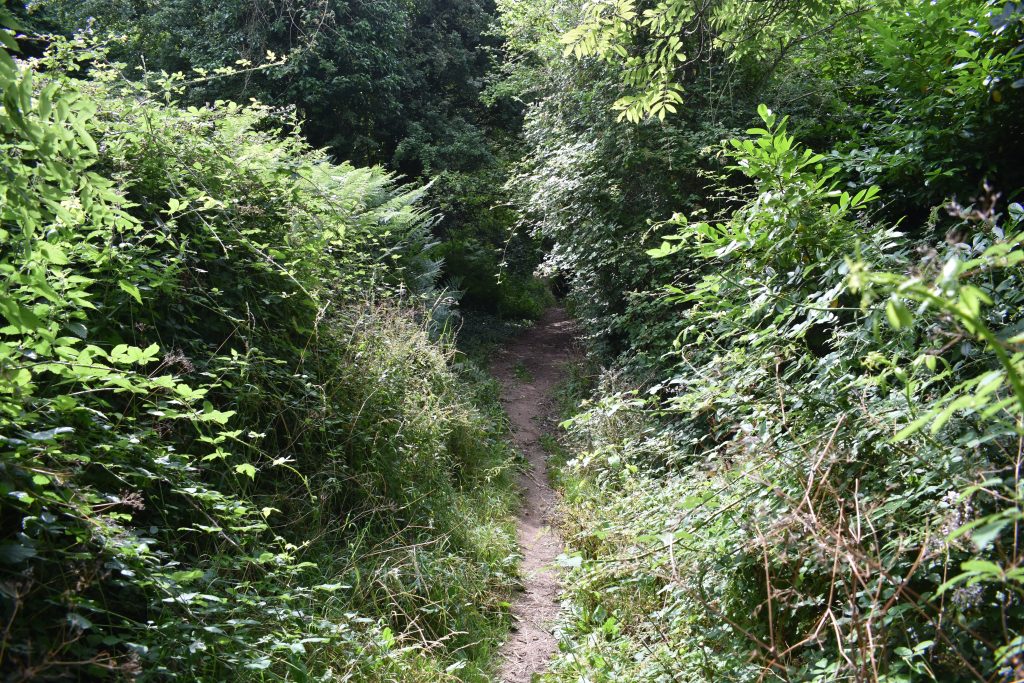Mill Common Restoration Project
The first phase of work is schedule to start from the 3rd February with contractors, ATM Ltd, will be removing Ash trees affected by Ash Dieback Disease and undertaking some tree thinning work to improve the health and resilience of other trees.
To protect the public from harm during the work, access to sections of the woodland will be restricted. Signs and barriers will be installed.
Improvements to the paths and steps will follow in the summer with tree planting to replace lost trees and increase the range of tree species will take place in the autumn and winter.
Read our F.A.Q for more information HERE.
Mill Common, a cherished woodland in the heart of Magor and Undy, is set to undergo a transformative restoration project aimed at enhancing its ecological health, accessibility, and community value.
This initiative, supported by The Woodland Investment Grant (TWIG) administered by the National Heritage Lottery Fund on behalf of Welsh Government, will serve as a flagship site for the National Forest for Wales and promises to rejuvenate this vital green space for future generations.
Mill Common serves as a crucial green corridor for the local community. However, it faces significant challenges, including extensive ash dieback, overcrowded veteran trees, and degraded paths and steps.
Monmouthshire County Council will undertake woodland management to remove diseased ash trees and thin dense tree stands which are overcrowding the canopy and preventing sunlight reaching the understory. Though it may look like a dramatic change initially, the number of ash trees affected pose a safety risk and it will regenerate the woodland and ensure its health long into the future. The woodland will bounce back quickly and will be replanted with a diverse mix of native broadleaf trees.
We will also be able to restore the historic viewpoint looking out over the Gwent Levels several and veteran trees, which have stood on the site for over 100 years will protected by sensitive arboreal management. We will help protect the areas around veteran trees and regenerating vegetation by dead hedging around them to protect them from the negative effects of high footfall and compaction.
You can expect to see the main pathway and steps through the site resurfaced for better accessibility for walkers and a safer route to school for local children. New benches, signage, and a sculpture trail designed by you, the local community, will bring the woods to life.
Throughout the project and beyond MCC will be offering community volunteering opportunities to the local community and schools, calling on nature lovers to help restore the woods. We will provide training in green skills, woodland management and habitat improvement, and help you become stewards of the site into the future.
What are the benefits of the project?
- Woodland management – most of Mill Common is new woodland, it was originally used for grazing animals. When grazing stopped, trees grew quickly and established the woods we see today. However, this has resulted in a dense, overcrowded woodland with very little light being able to reach the ground, which is important for growth of new trees and ground flora. A healthy woodland has a diversity of tree ages and species and has a more open canopy. Felling some of the trees will help create a better diversity within the woods and help the ground vegetation to regenerate. We can also create and restore rides and glades through the woodland to increase wildflowers areas and provide bee highways.
- Ash dieback – unfortunately, the woods are severely affected by ash dieback, a fungal disease which slowly kills ash trees eventually causing the dead or dying branches to become brittle and fall. This poses a safety risk for residents using the site. Due to the lack of tree diversity on Mill Common, large areas of affected and will need to be felled. This will result in a significant change in the woodland and may look destructive at first, however, it will open canopy to sunlight and saplings waiting below will have chance to grow. We will also be replanting these areas with a more diverse mix of tree species. Before long the areas affected by ash dieback will be healthier and full of new trees.
- Veteran tree care – some of the trees in Mill Common, including some oaks, are very old, having grown on the hill for many years before the surrounding area was developed for housing. These old veteran trees will have grown in the open, and therefore have grown wider rather than taller. As the trees have sprung up around them, they have been overcrowded. We will reduce competing trees and dead hedge around the base of the trees to protect them from compaction and interference.
- Dead hedging – compaction and high footfall is having a significant negative impact on the woods, due to it’s proximity to residential areas. While we want people to explore and enjoy Mill Common, by creating small barriers around sensitive areas with dead hedges, we can help protect regeneration and tree planting.
- Historic viewpoint – with its unique vantage point in Magor and Undy, it was once possible to look out from Mill Common over the landscape of the Gwent Levels and Severn Estuary. As the woods have grown, the viewpoint has been blocked. We will be able to restore the views during our woodland management work.
- Paths, steps, benches and signs – much of the older infrastructure on the site has degraded over time or has been lost. We will resurface the main path at the top section of the woods, which has become overgrown and muddy during the winter months. Steps through the site will be resurfaces as well, and handrails installed where they are missing. Benches and signs will be replaced and improved throughout Mill Common.
- Volunteering and sculpture trail – The Mill Common project will be an opportunity for you to become part of community nature scheme where you can learn new skills and help protect a vital green space for the future – you’ll also have the chance to help create a new sculpture trail for the woods
Want to get involved?
Register your interest in volunteering HERE.
Project Updates:
Stay informed with the latest updates on the Mill Common Restoration Project
December 2024 Update HERE.
Contact us: LocalNature@Monmouthshire.gov.uk
The Gwent Green Grid Partnership is made possible with The National Lottery Heritage Fund. Thanks to National Lottery players.







This post is also available in: Welsh
